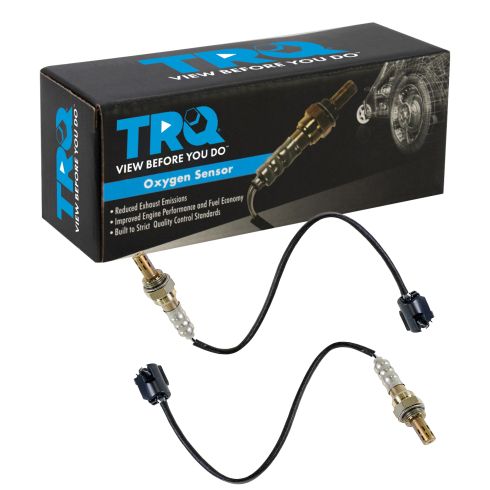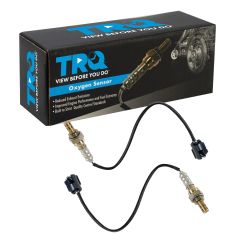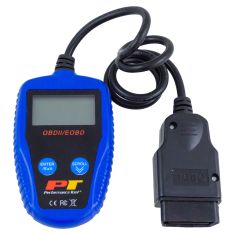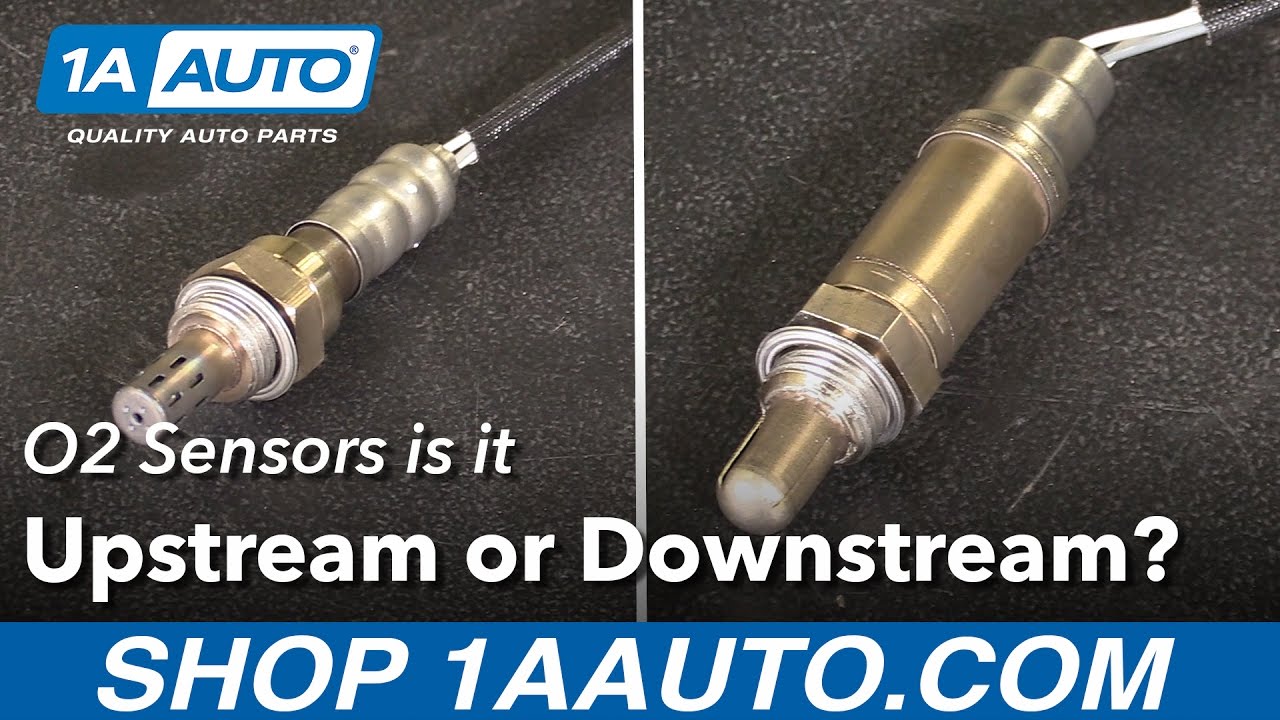1AEEK00813-1996-98 Jeep Grand Cherokee L6 4.0L 2 Piece O2 Oxygen Sensor Set TRQ OSA61672





Replaces
1998 Jeep Grand Cherokee L6 4.0L 2 Piece O2 Oxygen Sensor Set TRQ OSA61672



Recommended for your 1998 Jeep Grand Cherokee
Frequently bought together
Product Reviews
Loading reviews
Customer Q&A
No questions have been asked about this item.
Jeep is a registered trademark of FCA US LLC. 1A Auto is not affiliated with or sponsored by Jeep or FCA US LLC.
See all trademarks.















